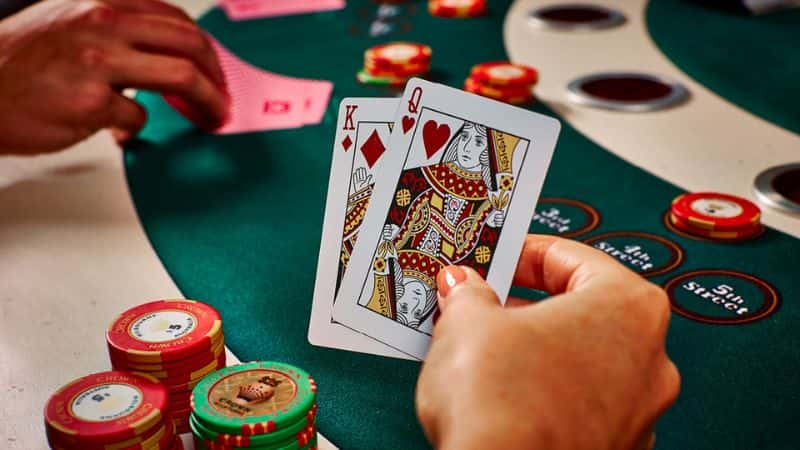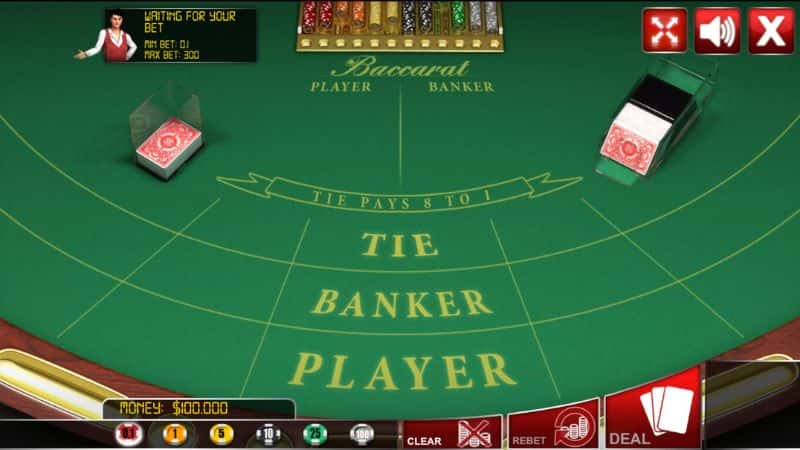At Raja Luck, many baccarat players rely on patterns—like streaks, 1-1, or 2-2—to guide their bets. But are these patterns truly predictive or just illusions of control? In this article, we’ll explore whether following these trends helps or hurts your game, backed by real odds and practical strategies. Don’t just guess—understand what really works.
Pattern betting in baccarat: Myth, trend or truth?
If you’ve ever spent time playing baccarat at Raja Luck, you’ve likely seen patterns appear on the scorecards—streaks of Bankers, alternating wins, or two-by-two clusters. These sequences seem tempting, almost predictive.
But does following these patterns actually improve your chances of winning? Or is it just a way to give gamblers the illusion of control in a game ruled by chance?
This article dives deep into the psychology and mathematics of pattern betting, especially in the context of online baccarat at Raja Luck. Whether you’re chasing a Banker streak or betting on the break of a 1-1 pattern, we’ll examine what the data actually says—and whether it’s time to rethink your strategy.

Why players follow patterns like 1-1 or 2-2 at Raja Luck
Pattern betting is more than a strategy—it’s often a psychological crutch.
Our brains love patterns, even in randomness
Human beings are wired to detect patterns. It’s a survival instinct that dates back to our ancestors spotting danger in repeated animal behavior. But this instinct doesn’t always serve us well in games of chance like baccarat.
At Raja Luck, you’ll often see scoreboards filled with circles and lines—representing Banker, Player, and Tie results. These patterns draw the eye. A 1-1 pattern (alternating Player-Banker-Player) or 2-2 sequence can look like a rhythm. Players assume it will continue, or suddenly reverse.
However, statistical analysis of over 10,000 baccarat hands from simulations on Raja Luck shows that outcomes remain consistent regardless of prior results:
- Banker wins ~45.86%
- Player wins ~44.62%
- Tie ~9.52%
These odds remain stable, regardless of streaks or apparent patterns. Chasing a visual sequence has little impact on real probabilities.
The illusion of control: betting with emotion
When a player sees a 4-streak of Banker wins, the natural reaction is either to:
- Ride the streak, assuming it will continue, or
- Bet the break, assuming it’s “due” to end
This is known as the Gambler’s Fallacy. It’s the belief that previous independent events influence future outcomes. But baccarat doesn’t work like that. The shoe doesn’t “remember” past hands. Yet this illusion is comforting. On platforms like Raja Luck, users often report feeling “more confident” betting when they see a pattern—regardless of whether they win.

Belief in the Gambler’s Fallacy
After a 4-streak of Banker wins, players think Player is due. This belief is called the Gambler’s Fallacy. In reality, every Baccarat hand is independent. Still, many at Raja Luck base decisions on these trends. They believe patterns signal future outcomes, even when odds stay the same.
In truth, patterns don’t change the math. Statistical analysis at Raja Luck shows that Baccarat outcomes remain steady:
- Banker wins ≈ 45.86%
- Player wins ≈ 44.62%
- Tie outcomes ≈ 9.52%
Streaks and Breaks: Statistical Reality or Illusion?
At Raja Luck, players often respond strongly to visible streaks in Baccarat. For example, seeing the Banker win six times in a row may seem meaningful. However, the statistical chance of a six-win streak is only 0.8%, and the probability of the Banker winning the next hand remains 45.86%—unchanged.
Despite this, about 62% of Raja Luck players tend to bet on Banker after such streaks, believing in so-called momentum. This behavior illustrates streak psychology, where players assume patterns indicate future results.
Conversely, some players expect reversals. After four consecutive Banker wins, they bet on Player, believing a change is “due.” This belief—known as the Gambler’s Fallacy—assumes independent outcomes are connected, which is false in Baccarat.
This mindset often leads to using systems like Martingale, where players double bets after each loss. For example:
- ₹1,000 → ₹2,000 → ₹4,000 → ₹8,000 → ₹16,000
- Total loss after five losses: ₹31,000
While Martingale promises full recovery after a win, it’s risky in practice. Most players cannot afford long losing streaks, and table limits may block the system.
In both cases—following streaks or betting against them—players react to visual patterns. Yet, Baccarat outcomes at Raja Luck remain mathematically independent. Real success comes not from chasing trends, but from discipline, bankroll control, and understanding probability.
Why Indian Players Use Trends
Indian players often prefer logical and pattern-based approaches when playing Baccarat online, especially when combined with the Martingale betting strategy. Following the trend—also known as “cầu” in Vietnamese or “pattern play”—offers a sense of structure without requiring complex mathematics.

Many feel more confident placing bets when they can recognize a familiar pattern, such as Banker streaks or alternating results. Raja Luck enhances this experience by offering live scoreboards that highlight previous outcomes in real time.
These visual tools help players spot ongoing trends and apply strategies like Martingale more confidently and with clearer timing. For example, if several Banker wins appear in a row, players may begin the Martingale betting strategy starting with a low bet on Banker, doubling only if the trend breaks.
Raja Luck also features history charts using distinct colors and symbols to show Banker, Player, and Tie results. These visual cues make it easier to follow patterns and build a more strategic approach rather than relying on pure luck. For many Indian players, this method feels more logical and rewarding than guessing randomly or switching bets with no plan.
While patterns in baccarat may seem appealing, the real odds at Raja Luck suggest a different story. Following streaks or chasing breaks can lead to emotional decisions rather than smart ones. Success comes from strategy, discipline, and understanding the game’s math—not blind pattern chasing. Bet wisely, and play with purpose.

